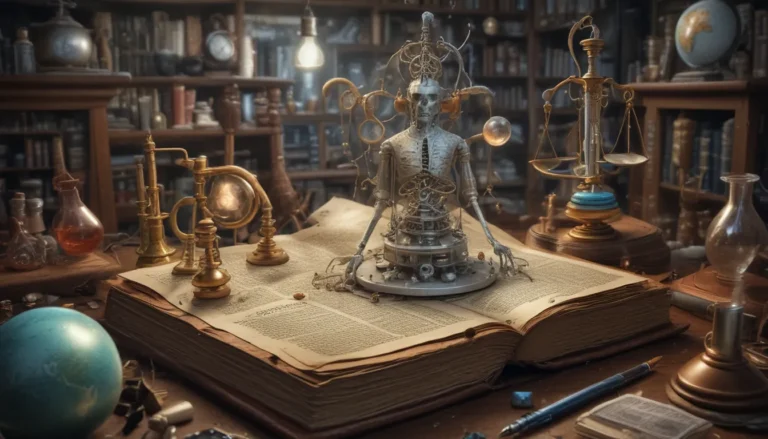A Note About Images: The images used in our articles are for illustration purposes only and may not exactly match the content. They are meant to engage readers, but the text should be relied upon for accurate information.
Welcome to the mesmerizing world of diffraction, where waves encounter obstacles or narrow openings, creating a unique pattern of interference and spreading. This fascinating phenomenon, first discovered by Francesco Maria Grimaldi in the 17th century, has far-reaching implications across various fields, from optics and acoustics to quantum mechanics. In this article, we will delve into 10 astonishing facts about diffraction that will broaden your understanding and appreciation of this intriguing concept. So buckle up and embark on a journey through the awe-inspiring realm of diffraction!
An Overview of Diffraction
Diffraction is a captivating occurrence where waves, such as light, sound, water, and even electrons, exhibit bending and spreading when encountering an obstacle or passing through a narrow opening. This phenomenon leads to the creation of vibrant colors, intricate patterns, and unique interference effects, shedding light on the behavior of waves in different scenarios.
The Ubiquity of Diffraction
Contrary to popular belief, diffraction is not limited to light waves but manifests in various types of waves prevalent in our surroundings. Whether it’s the colorful patterns on a compact disc or the iridescent hues of soap bubbles, diffraction plays a crucial role in our perception of colors and patterns. Its influence extends beyond aesthetics, impacting fields such as microscopy, astronomy, and sound quality.
- Diffraction is like a secret superpower for scientists. It helps them analyze starlight, see the tiniest details through microscopes, and even understand the atomic structure of crystals. It’s like magic, but real!
Practical Applications of Diffraction
-
Microscopy: Utilizing diffraction, microscopes can overcome the limitations of light wavelength, enabling researchers to observe minute structures with enhanced resolution.
-
Sound Quality: In the realm of acoustics, diffraction affects the directionality and quality of sound waves, allowing music to be heard even in the presence of obstacles.
-
Diffraction Gratings: These devices, comprising closely spaced slits or lines, facilitate the separation of light into its constituent colors, enabling applications in spectroscopy and material analysis.
Revolutionary Impacts of Diffraction
-
Astronomy: Astronomers leverage diffraction gratings in telescopes to analyze celestial light, unraveling the composition of stars and galaxies with precision.
-
X-Ray Diffraction: By employing X-ray diffraction techniques in crystallography, scientists elucidate the atomic and molecular structures of crystals, paving the way for advancements in chemistry and materials science.
-
Wave-Particle Duality: Through experiments like the double-slit experiment, diffraction provides profound insights into the wave-particle duality of matter, showcasing the intriguing nature of quantum mechanics.
Unveiling the Mysteries of Diffraction
As we journey through the captivating realm of diffraction, we uncover its role in shaping the world around us, from the vibrant colors we see to the invisible structures it reveals. By understanding and harnessing the power of diffraction, scientists and researchers continue to push the boundaries of knowledge, unraveling the complexities of wave behavior and the fundamental nature of our universe.
FAQs: Unveiling the Secrets of Diffraction
- What is diffraction?
-
Diffraction is the bending or spreading of waves when encountering obstacles or passing through narrow openings.
-
Are there any practical applications of diffraction?
-
Yes, diffraction finds applications in various fields, including microscopy, astronomy, and crystallography.
-
Can diffraction be manipulated or controlled?
- Indeed, diffraction can be controlled through specific materials or structures that enhance or suppress its effects.
In conclusion, the enchanting phenomenon of diffraction invites us to explore the intricate interplay of waves and obstacles, unveiling a world of vibrant colors, intricate patterns, and unseen structures. Embrace the magic of diffraction as we journey through its captivating effects and revolutionary applications, enriching our understanding of the wondrous universe we inhabit.






